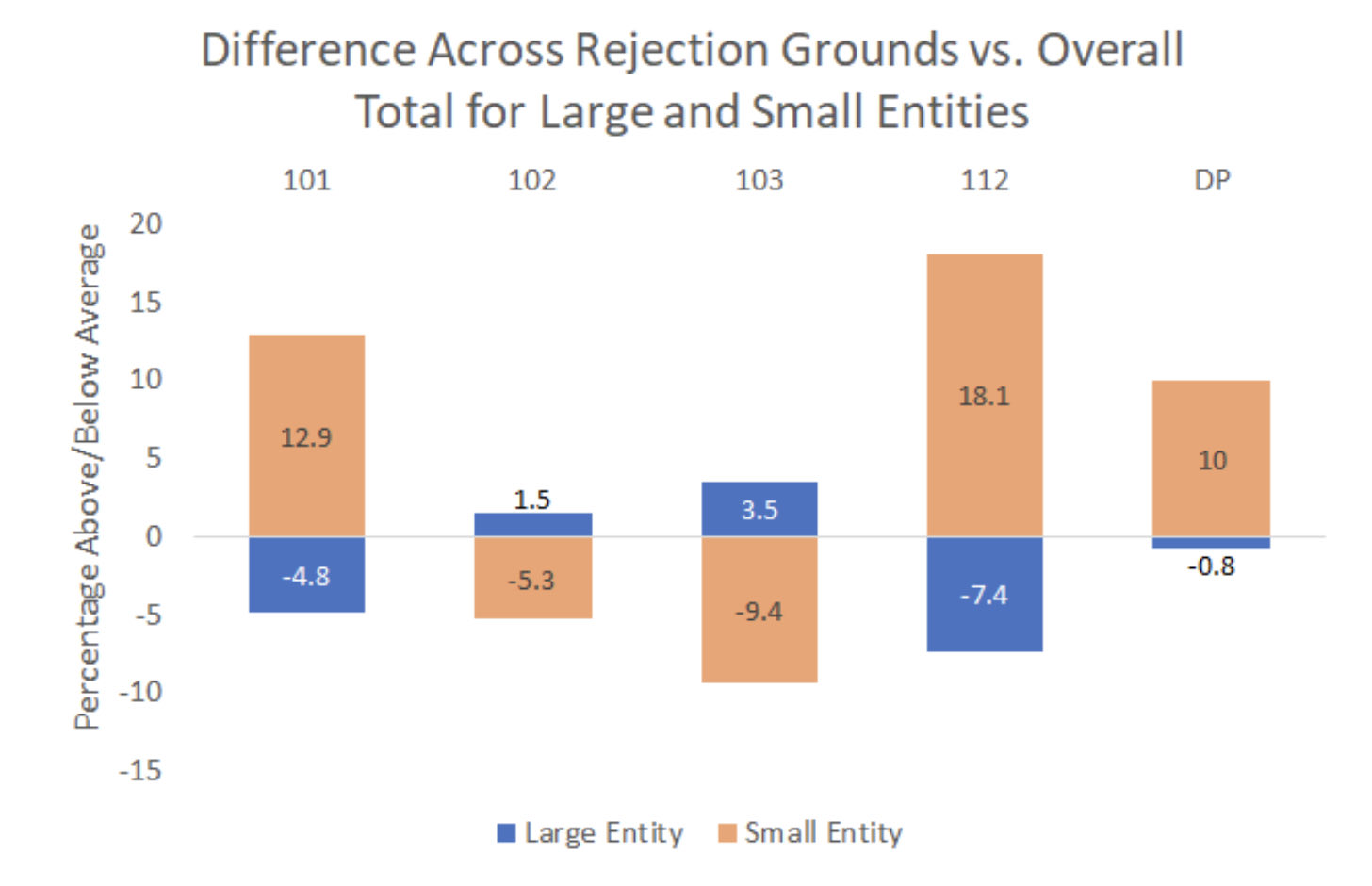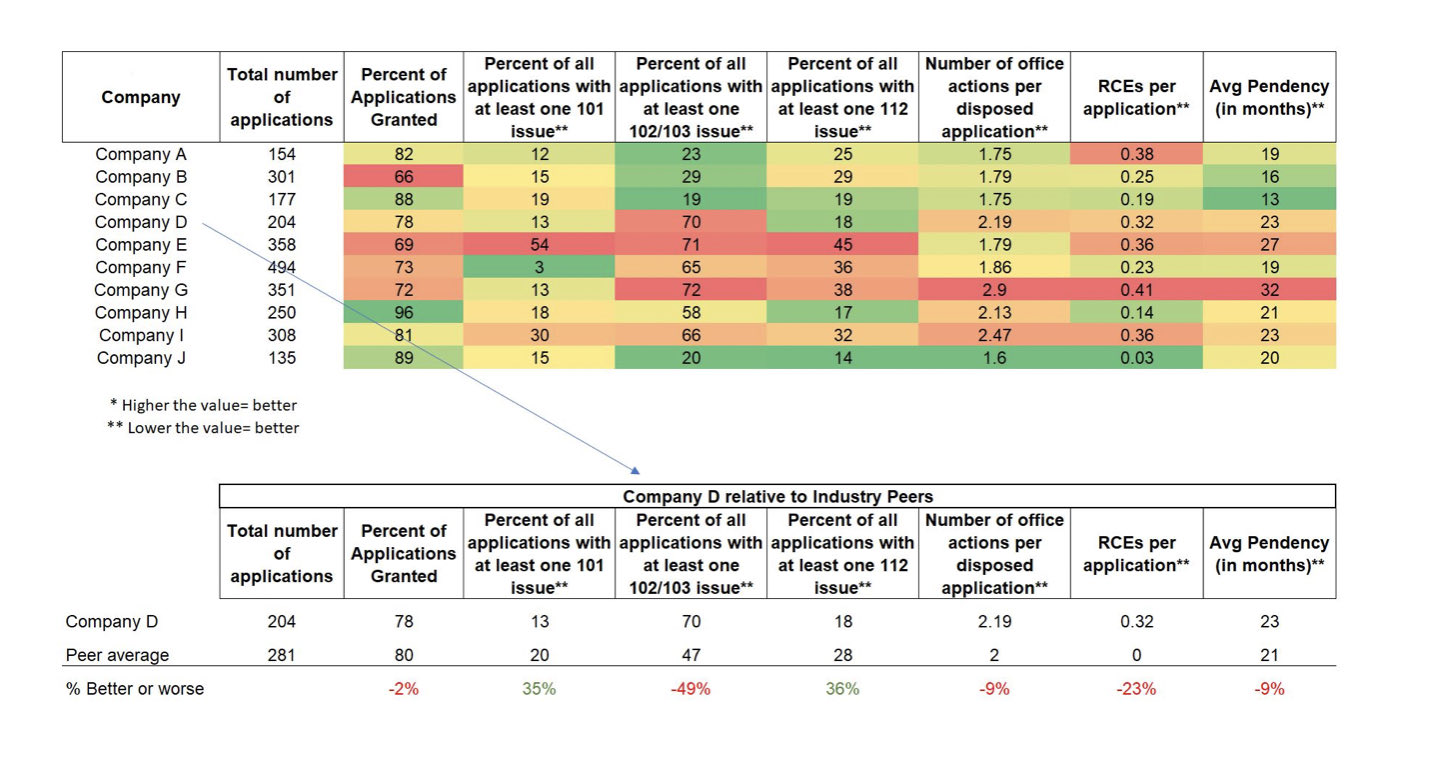Rowan Analytics Insights
Patent Analytics Benchmarking Report – June 2021
Analyzing Entity Size and Patent Rejection Grounds
After a great response to our inaugural Rowan newsletter on patent analytics, we are pleased to present the June edition. As we said in May, we believe using analytical data throughout the process of patenting can have a powerful impact on portfolio development and help lead to quantifiable go/no go decisions at multiple checkpoints. We believe that benchmarking is critical for all organizations. It may be cliché, but Knowledge is Power.
This month we are digging into entity size in our patent application analysis: specifically the differences in rejections between large and small entities. When looking at the more than half a million Office actions (non-final and final) the USPTO reported as having been sent in 2020, we see that large entities received 75% of those actions, small entities 23%, and micro entities 2%. These percentages match the last several years of patent filings. The Office actions contained almost a million rejection grounds; with similar percentages – large entities receiving 73%, small entities 24% and micro entities 2%. As we looked closer at the rejection types received by large and small entities, should we assume they would mirror that 73/24 split? For 112 rejections, large entities received 68% and small entities received 28%, which means a small entity received 25.7% more 112 rejections in 2020 than the total grounds for rejection split would imply. And this trend continues in 2021. In looking at the recent May data, small entities received 20.9% more 112 rejections than large. Are the smaller entities less able to afford more experienced counsel that might avoid such errors?
This applicant size trend also appears to hold for 101 rejections. Small entities received 27% of the 101 rejections, vs 70% received by large entities. Small entities are 20.2% more likely to receive a 101 rejection than a large entity. Is it possible that larger entities have access to more sophisticated tools and resources for art unit shopping? Or do they have access to a tool like Rowan Patents that gives early indications of patent eligibility based on natural language processing? Another point to consider – do significant R&D budgets result in more technically complex (and therefore possibly less 101-prone) subject matter?
Lastly, the same also appears to be true with double patenting: 26% received by small entities, 70% by large. Should we have anticipated the opposite: that larger filers, who might be filing more patents across larger or technically similar families, would run into this type of rejection more often? This just goes to show that patent analytics is invaluable in surfacing trends that may be counterintuitive.
In looking at each rejection type and whether they held to the 73/24 split, we found that in three of five rejection types, the small entities had a higher than anticipated percentage of the rejections. Only with 102 and 103 rejections do we find that large entities had a higher percentage of total rejections than the average, with 102 being the closest gap between the two.
Request Custom Analytics
If you would like to receive data on applications filed by your firm or your company like the below, to help you understand the power of analytical data to help you, please contact us and we will be happy to analyze your applications as a courtesy.
Sources: USPTO, Rowan analysis
Book a No-Obligation Discovery Call
Rowan Patents is the only platform designed specifically for the drafting and prosecution of patent applications. We’d be happy to answer any questions and provide more resources or information—with no obligation.
Get More Rowan Analytics Insights
About Rowan Patents
Rowan Patents gives you ALL of the elements you need to draft a patent – claims, drawings, and specification – in ONE place. Why does one place matter? It means that all the elements of your application can be synchronized and linked together across the entire application to ensure consistency. It also means you don’t have to copy and paste between multiple tools that are not connected to each other. Finally, it means that when you make a change in one place, the dynamic environment can update the entire application where the change is appropriate. And, when we talk about patent automation, one of the benefits is the consistency that this provides.




